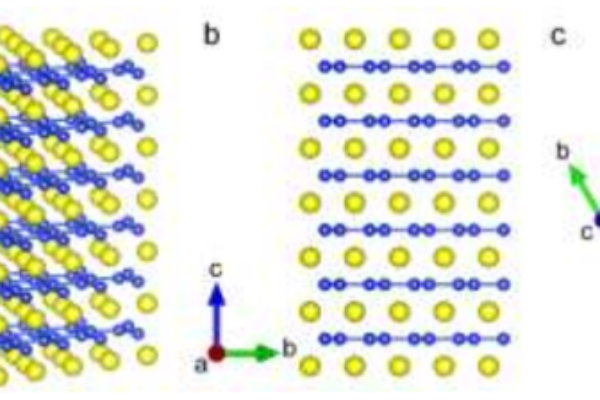
Silicon thermoelectric material boost at room temperature
The study, published in Physica Status Solidi RRL, could help bring these materials out of the high-temperature niche and into mainstream applications.
TE materials can be used as either power generators (given a heat source) or refrigerators (given a power supply).
The ideal TE material combines high electrical conductivity, allowing the current to flow, with low thermal conductivity, which prevents the temperature gradient from evening out. The power generation performance mainly depends on the “power factor,” which is proportional to both electrical conductivity and the Seebeck coefficient.
“Unfortunately, most TE materials are often based on rare or toxic elements,” said researcher Sora-at Tanusilp. “To address this, we combined silicon – which is common in TE materials – with ytterbium, to create ytterbium silicide, YbSi2. We chose ytterbium over other metals for several reasons as its compounds are good electrical conductors and it is non-toxic. It also has a specific property called valence fluctuation that makes it a good TE material at low temperatures.”
The first advantage of YbSi2 is that the Yb atoms occupy a mixture of valence states, both +2 and +3. This fluctuation, also known as Kondo resonance, increases the Seebeck coefficient with keeping metal-like high electrical conductivity at low temperature, and therefore the power factor.
Second, YbSi2 has an unusual layered structure. While the Yb atoms occupy crystal planes similar to pure Yb metal, the Si atoms form hexagonal sheets between those planes, resembling the carbon sheets in graphite. This blocks the conduction of heat through the material, and therefore keeps the thermal conductivity down, preserving the temperature gradient. The researchers believe that heat conduction is further suppressed by controlling the structure in nanoscale and traces of impurities and other defects.
The result is a higher power factor of 2.2 mW/mK2 at room temperature. This is competitive with conventional TE materials based on bismuth telluride. “The use of Yb shows we can reconcile the conflicting needs of TE materials through carefully selecting the right metals,” said researcher Ken Kurosaki. “Room-temperature TEs, with moderate power, can be seen as complementary to the conventional high-temperature, high-power devices. This could help unlock the benefits of TE in everyday technology.”
 If you enjoyed this article, you will like the following ones: don't miss them by subscribing to :
eeNews on Google News
If you enjoyed this article, you will like the following ones: don't miss them by subscribing to :
eeNews on Google News




